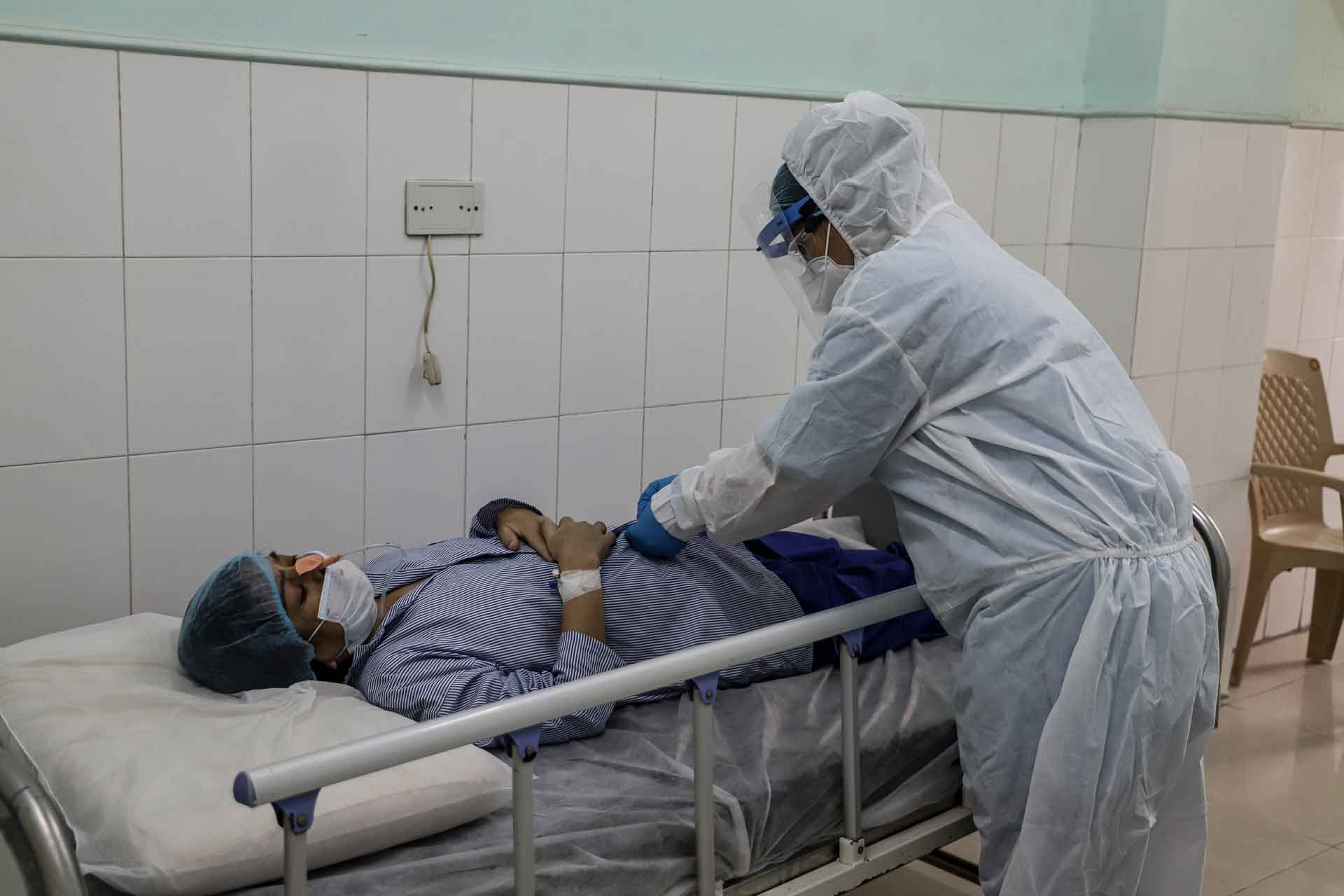Cardiovascular diseases now common in young Indians: Doctors
A 29-year-old one day was feeling uneasiness in his chest and the pain extended from chest to his hands. Dismissing it as indigestion he took some medicines and slept. However, the chest pain rose due to blockage in the arteries delivering blood to the heart. Sadly, due to unawareness he didn’t consult a doctor and succumbed to a major heart attack a few hours later.
Though the above is a fictional account, doctors say incidents like these are becoming increasingly common across India as cardiovascular diseases spread rapidly, jumping across the age barrier and impacting the young and even ‘active’ persons. One of the primary reasons behind this rise is diabetes, which can often trigger other fatal diseases as well.
Over the past few decades, changed lifestyle has led to a sharp rise in incidence of diabetes and today India is deemed as the world’s capital of diabetes. The affliction is more prevalent in urban areas, where the food and work habits have deteriorated tremendously and as a result 28 pc of urban youth are likely hit by diabetes as against under 5 pc in rural India.
Research reports say the diabetic population of the country will hit the 69.9 million mark by 2025 and 80 million by the year 2030. Diabetes coupled with underlying hypertension is the leading cause of cardiovascular-related diseases among youngsters.
As per World Health Organisation (WHO), the world has witnessed a total of 17.9 million deaths due to heart attack and stroke. More than three-quarters of CVD related deaths take place in low and middle-income countries. India accounts for at least one-fifth deaths of these deaths worldwide, especially in the younger population.
CVDs break age barrier
The awareness about the disease ought to have increased as in the past year itself several prominent personalities in India succumbed at a young age to the ailment. Amongst those were actors Raj Kaushal, Sidharth Shukla, Puneet Kumar and Amit Mistry. Doctors say it is not difficult to identify the likely causes behind these rising deaths. “Such increase in the cases of cardiovascular diseases among the youngsters is multifactorial. The risk factors in India are of four types. The first is stress-induced, second, more and more younger people are becoming diabetic, third, most of them have bad habits such as smoking and the other is the use of tobacco. These are the four risk factors in India we think is causing CVDs in the younger generation. Apart from this, the genetic make-up of Asians is different from the Western World,” Dr Raju Vyas, Director of Cardiac Science, Fortis Hospital at Shalimar Bagh in New Delhi, tells Media India Group.
Diet plays a crucial role in health. The “You are what you eat” statement stands true for this case. Every part of the world has different diets and cuisine however an average Indian eats 10 spoons of sugar which roughly translates into 18 kg of sugar a year, twice the recommended amount by doctors. “Bad dietary habits, lack of exercise and genetic makeup not only for Indians but South-Asians, in particular, is like that. We can see that the instances of diabetes in South-Asian countries like Nepal, Pakistan, Bangladesh and others have increased. The blood pressure in youngsters have also increased which also contributes to heart attacks,” says Dr Vyas.
Exercise is not everything, he adds and cites the example of Sidharth Shukla. “He was a chronic smoker and fitness of body doesn’t depend upon that how much amount of exercise we do daily. If someone wants to know whether he is fit or not then he has to consult a doctor, apart from that what exercise he must to that also must be in consultation with the doctor,” says Dr Vyas.
There are other indicators that could signal an alert about the risk of attracting CVDs. “Family history is significant in this case if your father or mother has sustained a heart attack or some artery blockage problem then it is twice more likely that you might have a heart attack,” adds Dr Vyas.
He says that even though the incidents of CVDs are becoming increasingly common, the level of awareness in India is still very low and higher degree of awareness could play a key role in prevention. “In India what we witness is ignorance. We doctors are always trying to make people aware but they don’t listen to what we are saying. They don’t control the risk factors; they keep on doing whatever is not advisable to them. Earlier if we see people of 50-60 years old used to come to cardiologists but now young people in their thirties are coming to us and this is not only happening in cities but as well as in rural areas. The rural-urban divide which we used to think has now slowly vanished,” says Dr Vyas.
He adds that both the public and private hospitals are trying to enhance awareness about preventive measures that people can take before they become susceptible to CVDs. A multitude of campaigns is run by both to make people aware of the problem. In those campaigns, people are advised to go to regular check-ups. However, India lacks in terms of health expenditure despite being the third-largest economy in the world in terms of PPP criterion, only 1.5 to 1.6 pc of the entire budget is allocated for the health sector. Infrastructure-wise also India is lagging in health. Only big metropolitan cities have the infrastructure for proper healthcare, which is why deaths due to CVDs have increased, doctors say.










